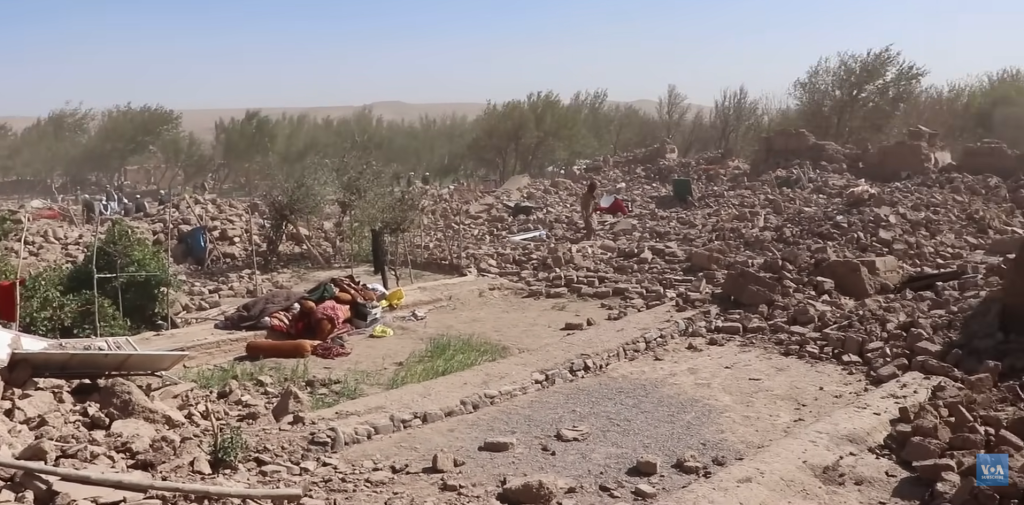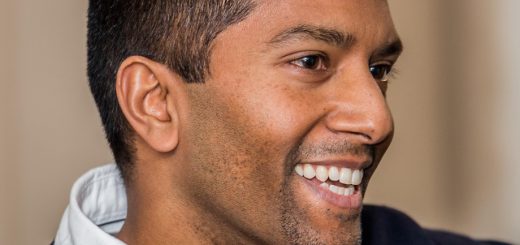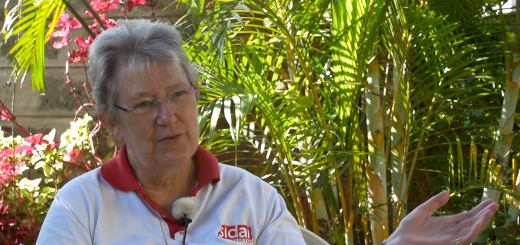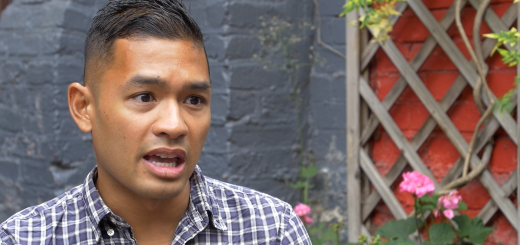Local teams offer hope in Herat

When a major disaster happens, national and international government and humanitarian groups are immediately mobilised in the glare of world-wide media attention. They hit the ground in droves, distributing food, tools, machinery and setting up camps. It’s impressive to witness, but while it deals with the immediate issues, what happens next?
The world has been shaken by so many huge events since the earthquakes in Afghanistan in early October 2023 that it has almost been forgotten. Four major seismic convulsions in Herat killed 1,482 people, injured 2,100 and 114,000 needed urgent assistance. The world’s attention has moved on, but the survivors are still there and still need help.
In a disaster, human suffering is so much deeper and more painful than just finding food and shelter. Homes, sometimes lived in for generations, and livelihoods are wiped out, family members and loved ones suddenly taken, and for the people of Herat long, dark winter days lie ahead with little hope or any opportunity to restart their lives.
The Herat Earthquake Victims Relief Association offers an excellent example of how local volunteers and social entrepreneurs can work together to deal not only with the immediate problems, but also to organise groups to provide services than improve the lives of survivors in the longer term with hope and dignity.
The association says this is a well-recognised, but seldom practiced humanitarian model; focus support on local skills and capacity. Local people are trusted by communities and know best how to prioritise and be more efficient.
One of the most important needs of injured people after accidents, especially women and children, is to pay attention to their health and psychological needs and help them to endure and believe that the calamity can strengthen their morale and eventually return to normal life.
Organised teams are sent to the affected areas to be with the people and investigate and resolve their issues and problems; for example, trying to establish a prayer hall, child-friendly spaces, creating games and entertainment for children, and holding funeral ceremonies for the deceased.
Children who survived the earthquake have been severely traumatised and need psychological help. In Herat, for example, a child lost nine members of his family; he has lost his ability to speak since the day of the accident, despite the efforts of the villagers to encourage him to talk.
The association is most concerned with:
· Provision of tents or emergency accommodation for the injured
· Preparation of emergency toilets
· Repairing the accommodation of the people left behind
· Providing heating equipment
· Providing food packages for 72 hours and one month
· Provision of cooking utensils for affected families
· Provision of clothes and hygiene items
· Psychological support for families – especially the bereaved or with new born babies
It’s quite natural for the media to be captivated by the drama of the initial stages of a disaster, but the longer-term recovery tends to be ignored as the world’s attention moves on to the next horror in some other part of the world. However, there is increasing recognition that local organisations and social entrepreneurs can provide long term hope and support as communities strive to build sustainable futures.
To find out more about the work of organisations such as The Herat Earthquake Victims Relief Association, take a look at the work of the Catalyst 2030 Disasters Group at: https://catalyst2030.net/disasters-group/



